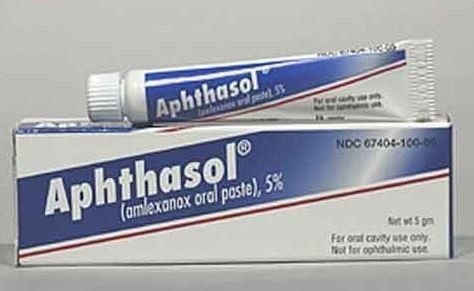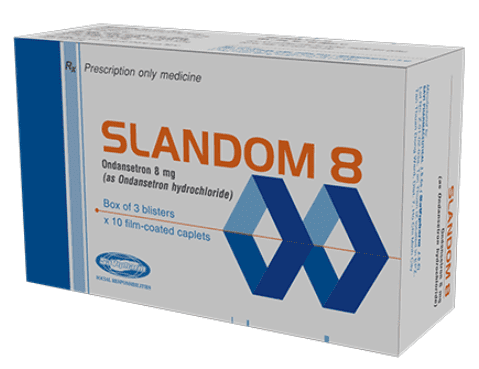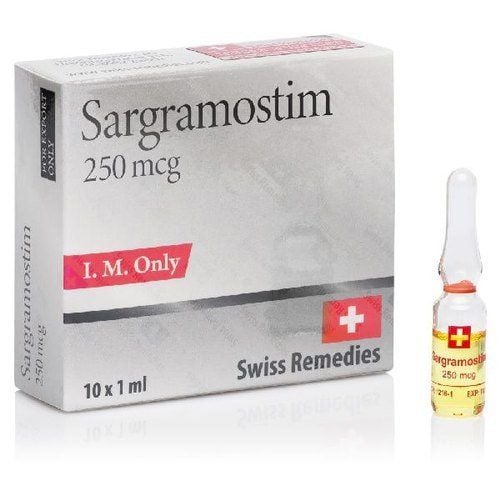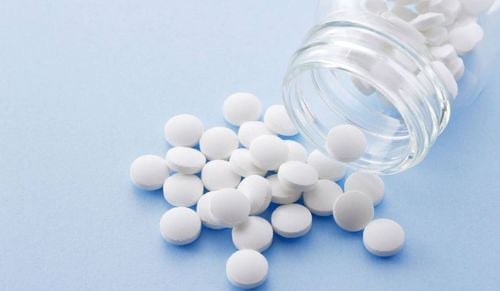This is an automatically translated article.
The article is professionally consulted by doctors working at Oncology Center - Vinmec Central Park International General HospitalPatients receiving radiation therapy experience significant changes in the oral mucosa and often require partial or complete dentures. Ideally, the oral soft tissue should be fully healed before the orthopedic procedure can be started. There are suggestions that there should be a waiting period of at least 6 months to 1 year.
Caries
Radiation-induced dry mouth is a common and significant consequence of radiation therapy for head and neck cancer, and dry mouth reflects radiation-induced salivary gland cellulitis, fibrosis, and degeneration. The salivary glands are very sensitive to radiation. There was a sharp decrease in salivary flow rate during the first week of radiotherapy with standard fractionation (2 Gy/day). The decrease in salivary flow rate continued throughout the treatment period especially when both parotid glands were irradiated. This correlates with the dose and duration of radiation therapy. There is immediate serous cell death due to inflammatory cell infiltration and subsequent reduction in salivary rates. Patients often complain of saliva, and feel that there is too much saliva because it is difficult to swallow.Kaplan cites a study by Drizen that showed a decrease in salivary pH from 7.01 to 6.83 after 6 weeks of radiotherapy (50 Gy cumulative dose 10 Gy/week) to the major salivary gland. A significant increase in salivary and protein sodium chloride concentrations was accompanied by a decrease in saliva production, and a decrease in bicarbonate content. These changes cause the saliva of patients with dry mouth to become richer in salt and of less quality than normal saliva.
Valdez found that salivary flow rates were significantly higher in patients receiving <50 Gy compared with patients receiving > 68 Gy. Furthermore, routes that were only partially irradiated had higher flow rates than those that were fully irradiated. In the same study, it was found that the probability of the presence of residual function was higher in completely nonradiative glands. Therefore, if irradiation to salivary gland tissue can be avoided by properly positioning the patient or shielding the patient, salivary gland dysfunction can be reduced.
Tooth extraction
A cautious approach is recommended regarding tooth extraction after radiation therapy. Extraction should only be considered after careful evaluation. Loose teeth can be safely extracted with minimal risk of developing ORN.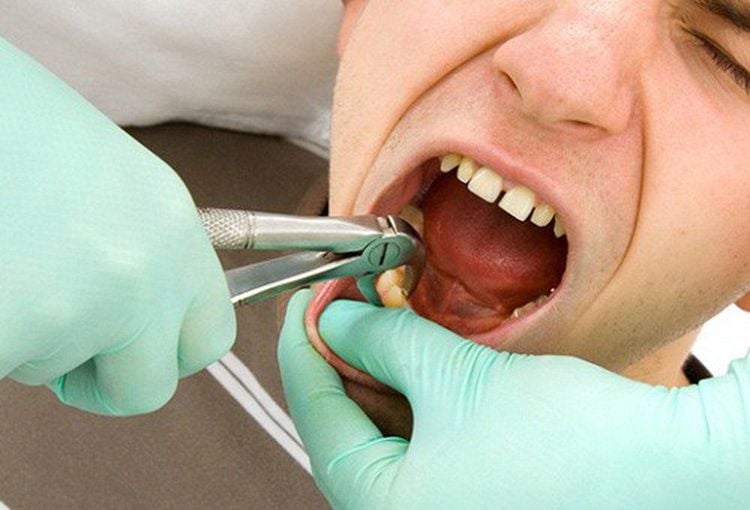
Nên nhổ răng khi nào trong xạ trị?
Edema
In the early stages after radiation therapy, scarring and edema begin to appear. Lymphatic vessels are thought to be relatively radiation resistant. Radiation-induced fibrosis weakens the lymphatic vessels and veins. Swelling is most prominent in the submandibular area after irradiation of the anterior tongue and floor of the mouth and can occasionally severely damage the tongue and salivary control beyond impeding denture wearing and speech. Swelling depends on the time of day (worse on waking and early in the morning).Orthopedic care after radiation therapy for head and neck cancer
To minimize patient discomfort and injury, an understanding of the harmful effects of radiation therapy is required. Introducing good oral care and more frequent dental visits to your dentist before radiation therapy will allow continued care during and after treatment.Cancer patients who are receiving radiation therapy or have received radiation therapy for head and neck cancer present a challenge for the dentist. The importance of patient compliance should be emphasized.
Goals of dental management should include
Pre-radiation goals Eliminating potential sources of infection Counseling on short- and long-term complications of radiotherapy Provide preventive care. Goals during radiation therapy Provide supportive care for the oral mucosa Provide treatment for oral candidiasis Manage dry mouth Prevent jaw stiffness and fibrosis. Long-term treatment goals Management of dry mouth Prevent and reduce jaw stiffness Prevention and treatment of dental caries Prevent bone necrosis after radiation Detect tumor recurrence.

Thăm khám nha khoa định kỳ trước khi xạ trị
To learn more about radiation therapy for head and neck cancer at Vinmec, you can contact HOTLINE: 0938 506 009 or register online HERE.
Invite readers to refer to the rest of the Oral Care Manual in Radiation Therapy for Head and Neck Cancer:
In April & May 2021, when there is a need for head and neck cancer examination and treatment at Vinmec Central Park International General Hospital, customers will enjoy double incentives:
- Free specialist examination and 50% discount on many cancer screening packages
- 50% discount on costs for customers who have a prescription for post-examination treatment. The program is limited to the corresponding technique of each hospital and to customers who perform this treatment technique for the first time at Vinmec.




